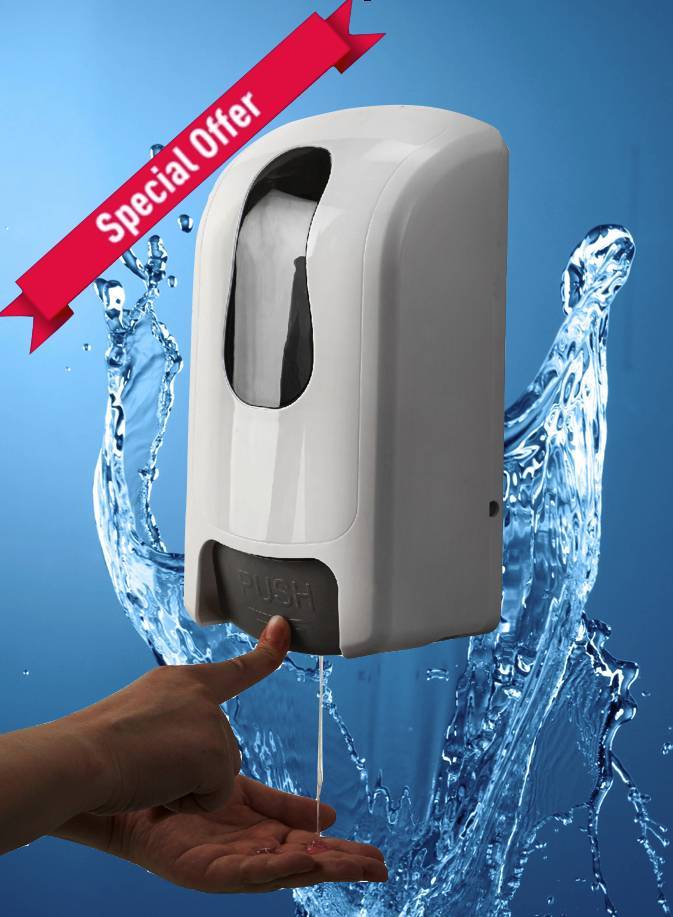BCA Requirements
In every building required to be accessible, clear and legible Braille and tactile signage complying with Specification D3.6 and incorporating the international symbol of access or deafness or other symbol as appropriate, in accordance with AS 1428.1 must identify-
(a) each-
(i) sanitary facility; and
(ii) accessible space with a hearing augmentation system; and
(b) where an entrance of lift is not accessible, identify each accessible-
(i) entrance; and
(ii) lift or bank of lifts; and
the path of travel from the principal public entrance to these features and facilities where their location is not apparent to the building occupant.
Specification D3.6 Braille and tactile signs
1. Scope
This specification sets out the requirements for the design and installation of Braille and tactile signage
2. Braille and Tactile signage
2.1 Location of Braille and tactile signs
Signs including symbols, numbering and lettering must be designed and installed as follows:
1. Signs must be located not less than 1200mm and not higher than 1600mm above the floor or ground surface.
2. Signs with single lines of characters must have the line of tactile characters not less than 1250mm and not higher than 1350mm above the floor or ground surface.
3. Signs identifying rooms containing features or facilities listed must be located;
a. On the wall on the latch side of the door with the leading edge of the sign located between 50mm and 300mm from the architrave; and
b. In the event of insufficient latch side dimension, a sign may be placed on the non-latch side of the door; and
c. Where (a) or (b) is not possible, the sign may be placed on the door itself.
4. Signs identifying paths of travel must be placed so they are located directly ahead in the direction of travel. Where one wall continues in the direction of travel and the other forms a corner, the sign must be placed on the continuing wall.
2.2 Braille and tactile sign specification
The following applies to Braille and tactile sign orientation:
(a) Tactile characters must be raised or embossed to a height of not less than 1mm and not more than 1.5mm.
(b) Characters must have a height of not less than 17.5mm for each metre of viewing distance.
(c) Upper case tactile characters must have a height of not less than 15mm and not more than 55mm.
(d) Lower case tactile characters must have a height of 50% of the related upper case characters.
(e) Tactile characters, symbols, and the link, must have rounded edges.
(f) The entire sign, including any frame, must have all edges rounded.
(g) The surface of the sign must be continuous for hygiene purposes.
(h) Signs must be constructed so as to resist the removal of letters and Braille dots by picking or adhesive failure.
(i) The background, negative space or fill of signs must be matt or low sheen finish.
(j) The characters, symbols, logos and other features of the signs must be matt or low sheen finish.
(k) The minimum letter spacing of tactile characters on signs must be 2mm.
(l) The minimum word spacing of tactile characters on signs must be 10mm.
(m) Fonts with letters of constant stroke thickness must be used.
(n) The thickness of letter strokes must be not less than 2mm and not more than 7mm.
(o) Tactile text must be left justified, except that single words may be centre justified.
2.3 Luminance-contrast
The following applies to luminance-contrast as defined in AS 1428.1:
(a) The background, negative space or fill of a sign or border must have a minimum luminance-contrast with the surface on which it is mounted of 30%.
(b) A border must be provided for luminance-contrast with the sign's background and shall have a minimum width of 5mm.
(c) Tactile characters, icons and symbols must have a minimum 30% luminance-contrast with their background or fill within the sign.
(d) Luminance-contrasts must be met under the lighting conditions in which the sign is to be located.
2.4 Lighting
Braille and tactile signs must be illuminated to ensure luminance-contrast requirements are met at all times during which the sign is required to be read.
2.5 Braille
The following applies to Braille:
(a) Braille must be grade 1 Braille (uncontracted) in accordance with the criteria set out by the Australian Braille Authority.
(b) Braille must be raised and domed.
(c) Braille must be located 8mm below the bottom line of text (not including decenders)
(d) Braille must be left justified.
(e) Where an arrow is used in the tactile sign, a small arrow must be provided for Braille readers.
(f) On signs with multiple lines of text and characters, a semi-circular Braille locator at the left margin must be horizontally aligned with the first line of Braille text.
(Source: Building Codes of Australia 2005- Volume One)
The BCA contains requirements for Braille and tactile signage in section D3.6.
Where signs are required, the form of signs shall be as follows:
(a) Where required, raised tactile and or braille signage shall be provide as follows:
(i) Unisex accessible sanitary facilities shall be identified with the international symbol of access and male and female symbols.
(ii) Signage for unisex accessible facilities shall be provided with the letters LH or RH to indicate a left-hand or right-hand side transfer onto the WC pan. The min font size shall be 20 mm san serif
NOTES:
1. An example of right hand side (RH) transfer is shown:
2. Helvetica and Arial are san serif fonts
Where signs are required, the form of signs shall be as follows: Where required, raised tactile and or braille signage shall be provide, the min font size shall be 20 mm san serif
Location of Braille and Tactile Signs
Signs including symbols, numbering and lettering must be designed and installed as follows:
(a) Signs must be located not less than 1200mm and not higher than 1600mm above the floor or ground surface.
(b) Signs with single lines of characters must have the line of tactile characters not less than 1250mm and not higher than 1350mm above the floor or ground surface.
(c) Signs identifying rooms containing features or facilities listed in D3.6 must be located:
(i) on the wall on the latch side of the door with the leading edge of the sign located between 50mm and 300mm from the architrave; and
(ii) in the event of insufficient latch side dimension, a sign may be placed on the non-latch side of the door, and
(iii) where (i) and (ii) is not possible, the sign may be placed on the door itself.
(d) Signs identifying paths of travel must be placed so they are located directly ahead in the direction of travel. Where one wall continues in the direction of travel and the other forms a corner, the sign must be place on the continuing wall.
AS 1428.1-2001 - Design for access and mobility.
10.9 Identification of sanitary facilities
The requirements for the identification of sanitary facilities are as follows:
(a) Unisex accessible sanitary facilities shall be identified with -
(i) the international symbol of access; and
(ii) symbols indicating use by both males and females, in accordance with
Clause 14.
(b) Showers and combined facilities shall be identified with the international symbol of access in accordance with Clause 14.
(c) Sanitary facilities suitable for people with ambulant disabilities shall not be identified with the international symbol for access.
(d) All symbols and lettering shall be raised tactile.
Note: A sign for people with ambulant disabilities is currently being developed.
14.1 Signs indicating access for people with disabilities
14.1 Use of international symbol
Where the international symbol of access is used, it shall comply with the requirements of this Clause (14)
14.2 International symbol
The requirements for the international symbol of access are as follows:
(a) The symbol of access shall consist of two elements, a stylized figure in a wheelchair and a plain square background
(b) [The proportional layout of the symbol of access shall be in accordance with Figure 32].
(c) The colour of the figure shall be white on a blue background [in accordance with Figure 33[. The blue shall be B21, Ultramarine of AS 2700, or similar.
(d) For signs identifying a facility, the figure shall face to the right.
(e) For signs indicating the direction to a facility, the figure shall face the direction of the facility.



